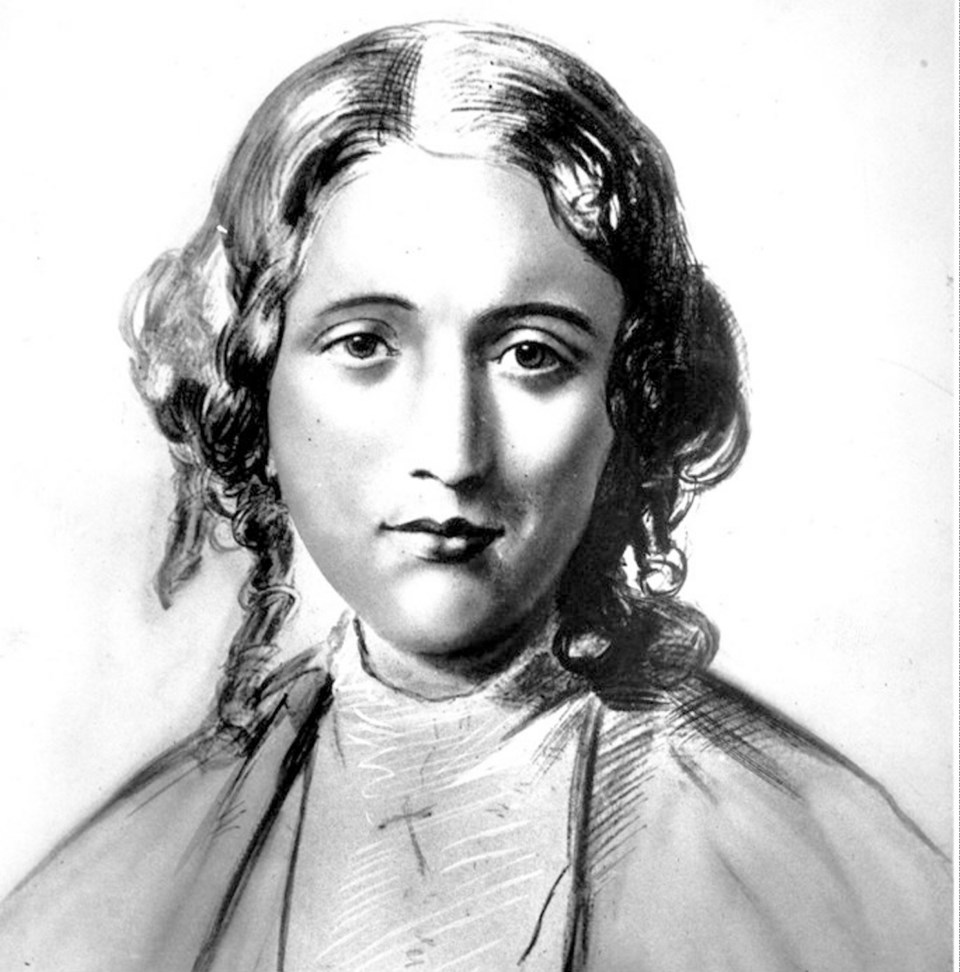If your last name is Glah, odds are that you’re closely related to Michelle Glah McCleary of Denver.
McCleary’s maiden name, which derives from a misunderstanding when her family immigrated from the Glahn region of Germany, is extremely rare in the United States, and McCleary values its uniqueness. So when she got married earlier this year, she decided to keep it as a middle name and become Michelle Glah McCleary.
“It’s a cool name and it’s also who I am. I’ve identified [myself] that way for 30 years,” McCleary says.
The practice of women keeping their last name as a middle name after they marry has quietly taken hold in the United States, where studies show that 90 per cent to 95 per cent of married women take their husbands’ last names. There were likely very few maiden-to-middle name changers in the 1970s, according to Penn State senior lecturer Laurie Scheuble, who has studied marital naming. Studies from the 1990s indicate that between three per cent and 25 per cent of married women were using their maiden names as middle names.
About 18 per cent of women at the marital name-change website MissNowMrs.com have taken their maiden names as middle names in the last six years, according to founder and president Danielle Tate. “It’s definitely on an upward trend,” says Tate, whose website has had 153,000 paying customers since late 2006. “Virtually no one is hyphenating anymore.”
The modern practice of retaining maiden names as middle names can probably be traced to the women’s movement of the 1970s, according to the genealogist Sharon DeBartolo Carmack. Prominent examples include Hillary Rodham Clinton.
There were scattered examples before that, including the pioneering 19th-century feminist Elizabeth Cady Stanton, the poet Elizabeth Barrett Browning, and child star turned U.S. diplomat Shirley Temple Black. But the practice doesn’t appear to have been widespread, according to Carmack, and the considerations were often practical: Either the woman had already made a name for herself before marriage, or she wanted to emphasize her ties to her well-known birth family.
Today, the middle-name switch is often related to family loyalty, according to Weddingbee.com editor-in-chief Cathleya Schroeckenstein. Schroeckenstein, who plans to use her maiden name, Geefay, as a middle name when she has children, says it’s especially an issue for women from families with all daughters. “I’m an only child and my two cousins are women. It’s a very heavy burden to realize that if we don’t do something, this is the end of our maiden name.”
Retaining maiden names as middle names is also part of a broader trend toward marital-name customization, Schroeckenstein says. Women are dropping or keeping their original middle names when they move their maiden names into middle-name position. Hyphenation, which had a moment in the 1980s (think Farrah Fawcett-Majors) is often rejected as awkward, but some couples are combining their last names to form a single name.
In the 1970s, the discussion surrounding marital name change was, in part, political. Why, feminists asked, should women give up their families’ names as opposed to, say, the other way around?
But Tate says that for today’s 20- and 30-somethings, that argument may not compute. “The more I talk to the people who change their names in this generation,” she says. “They don’t even fathom not being an equal partner in their relationships, so changing their names isn’t as weighted as it was decades ago.”
Schroeckenstein says she wanted to keep her maiden name but still have the same last name as her husband and children.
“I think most women still say, I’m going to take my husband’s name and, at least for me, a lot of the reason is just based on functioning from an outside perspective as a family unit.”
McCleary says she considered not changing her name, but her mom wouldn’t have liked that.
Asked if the maiden-to-middle name switch is perhaps more diplomatic than just keeping your maiden name, McCleary laughs: “It’s kind of making everybody happy.”
HISTORICAL PRECEDENTS
Making your maiden name your middle name was rare before the 1980s, but not unheard of.
• Coretta Scott King: The civil-rights leader kept her maiden name as her middle name when she married, as her mother did before her. She also nixed the “obey” vow from her wedding ceremony, according to biographies including Coretta Scott King by Stephanie Sammartino McPherson.
• Elizabeth Cady Stanton: Determined to have a marriage of equals, the 19th-century suffragist also skipped the vow to “obey” and used her maiden name as a middle name, Deborah Kent writes in Elizabeth Cady Stanton.
Harriet Beecher Stowe: The Uncle Tom’s Cabin author married a progressive theologian who once wrote to her, “You must be a literary woman. ... Write yourself only and always Harriet Beecher Stowe, which is a name euphonious, flowing and full of meaning,” according to The Limits of Sisterhood: The Beecher Sisters on Women’s Rights by Jeanne Boydston.



